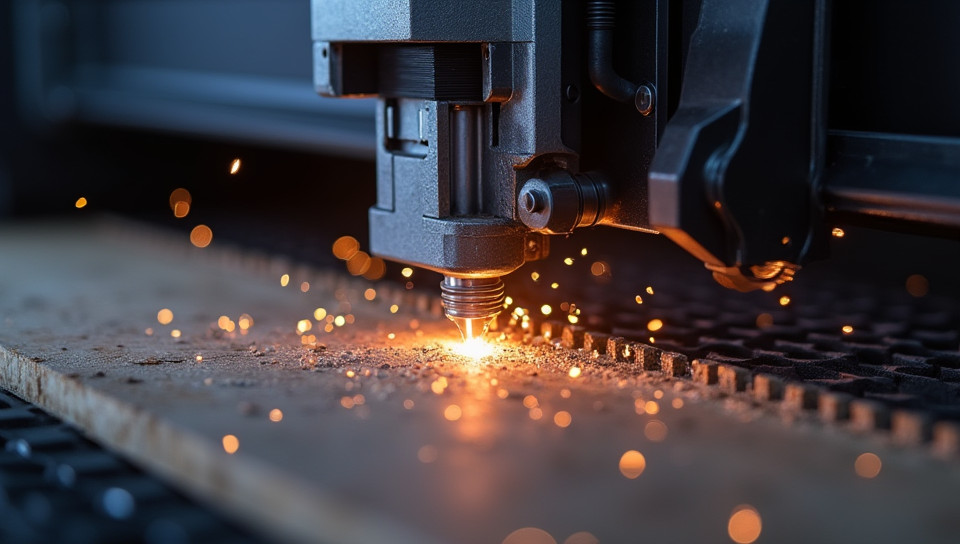Low-powered laser systems struggle to cut thicker, denser materials efficiently 96%

Cutting Through Challenges: The Struggle of Low-Powered Laser Systems
Low-powered laser systems have become increasingly popular in various industries due to their precision, speed, and relatively low cost. However, when it comes to cutting thicker, denser materials, these systems often struggle to deliver efficient results.
The Problem with Thicker Materials
Thicker and denser materials require more energy to cut through efficiently. Low-powered laser systems, however, are designed to operate within a specific power range that may not be sufficient for such tasks. As a result, the cutting process can become laborious and time-consuming.
Factors Contributing to the Struggle
- Insufficient power: Low-powered laser systems lack the necessary energy to penetrate thicker materials quickly.
- Heat buildup: The high density of certain materials can cause the laser beam to overheat, leading to reduced accuracy and longer processing times.
- Material composition: Different materials have varying levels of optical absorption, which affects how they interact with the laser beam.
Limitations of Low-Powered Laser Systems
While low-powered laser systems excel in cutting thinner materials and delicate applications, their limitations become apparent when dealing with thicker, denser materials. The lack of sufficient power and heat management capabilities makes it challenging to achieve efficient results.
Consequences of Inefficient Cutting
- Delays and increased costs: Inefficient cutting processes lead to prolonged processing times, resulting in higher production costs.
- Reduced product quality: Insufficient energy can cause uneven cuts, burrs, or other defects that compromise the final product's integrity.
- Equipment wear and tear: The prolonged use of low-powered laser systems at maximum capacity can lead to premature equipment degradation.
Solutions for Improved Efficiency
To overcome the challenges faced by low-powered laser systems when cutting thicker materials, manufacturers and users can explore alternative solutions:
Alternative Approaches
- High-powered laser systems: Consider upgrading to high-powered laser systems designed specifically for heavy-duty applications.
- Hybrid laser systems: Combine low-powered lasers with other technologies, such as mechanical or waterjet cutting, to achieve more efficient results.
- Advanced beam delivery systems: Utilize beam delivery systems that can adjust power levels and beam shapes in real-time to optimize the cutting process.
Conclusion
While low-powered laser systems are well-suited for various applications, they struggle to cut thicker, denser materials efficiently. Understanding the limitations of these systems is crucial for selecting the right technology for specific tasks. By exploring alternative approaches and solutions, manufacturers and users can improve efficiency, reduce costs, and produce high-quality products. As technology continues to evolve, we can expect to see advancements in low-powered laser systems that better address the challenges posed by thicker materials.
- Created by: Diego Carrillo
- Created at: Jan. 11, 2025, 11:34 a.m.
- ID: 17635









